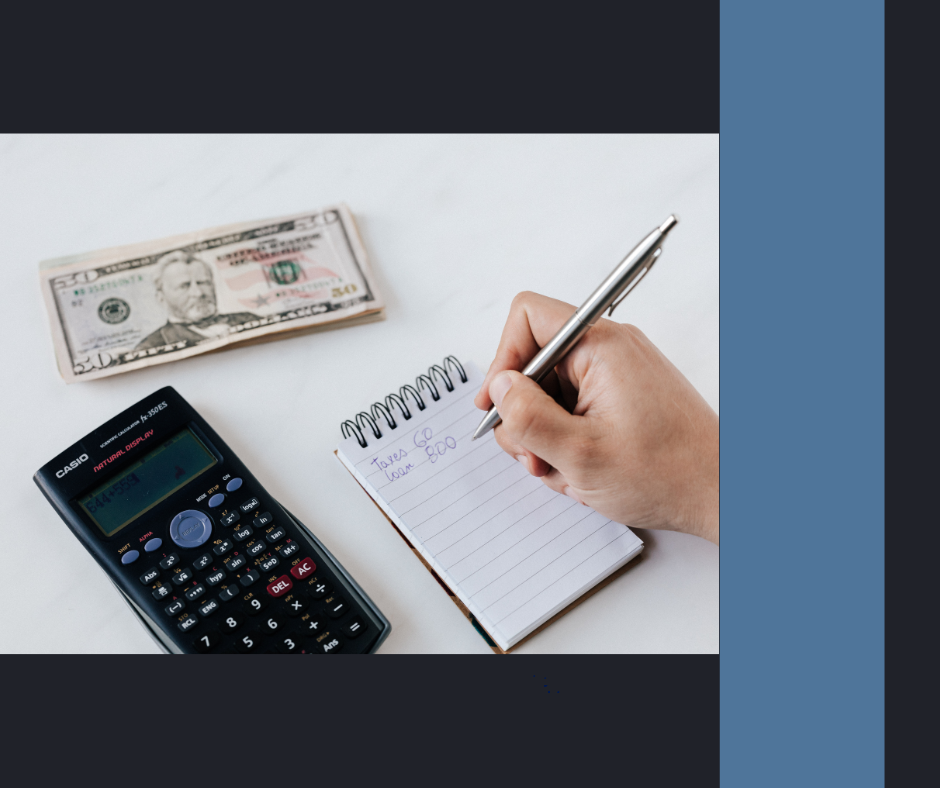
How to Financially Prepare for Emergencies Without Going Broke
Share
When people think of emergency preparedness, they often imagine shelves full of expensive gear, stockpiles of food, and pricey gadgets. But here’s the truth: you don’t need to drain your savings to be ready for life’s curveballs. In fact, the smartest preppers are financially prepared and financially stable.
Here’s how you can financially prepare for emergencies—without going broke in the process.
1. Start With a Budget That Includes Preparedness
Your emergency preparedness plan should be treated like any other financial goal. That means adding a category to your monthly budget for prepping—even if it’s just $10–$25 per month. Over time, that adds up and allows you to prep at a sustainable pace.
Tip: Use cash-back apps or loyalty rewards to stretch your budget. A $10 gift card from a rewards program can mean a free multi-tool or flashlight for your kit.
More info: How to Create a Budget (and stretch your dollar)
2. Build an Emergency Fund—Even a Small One
You don’t need thousands of dollars overnight. Aim for at least $500–$1,000 as a starter emergency fund. This buffer can cover things like a car repair, hotel during a power outage, or sudden medical cost.
Steps to get started:
- Set up a separate savings account.
- Use automatic transfers (even $5/week helps).
- Funnel any extra income (like tax refunds or side gigs) directly into the fund.
More info: How to build an emergency fund.
3. Avoid Debt-Based Prepping
It can be tempting to charge a generator or bulk food order to your credit card “just in case.” But debt is its own emergency. Instead, prioritize prepping items in order of importance and affordability.
Buy what you can afford—not everything all at once.
4. Focus on High-Impact, Low-Cost Preps
Not all prepping has to cost money. Some of the most effective preparedness steps are free or cheap.
Examples:
- Creating a family emergency plan
- Learning basic first aid (free classes available online)
- Organizing important documents
- Practicing evacuation routes
Affordable buys that go far:
- $1 candles and lighters
- Canned food on sale
- Manual can opener
- Water storage containers (reuse soda or juice bottles)
5. Use the “1-In, 1-Extra” Rule for Supplies
Instead of panic-buying 50 cans of soup, just buy one extra of what you already use each time you shop. Over time, you’ll build a rotating pantry without breaking your grocery budget.
6. Prep for the Most Likely Financial Emergencies First
Preparedness isn’t just about earthquakes and power outages. It’s also about:
- Job loss
- Unexpected bills
- Medical emergencies
Consider:
- Income protection (side hustle, short-term disability insurance)
- Paying down high-interest debt
- Getting affordable health insurance
7. Thrift, Reuse, and DIY
Preparedness gear doesn’t have to be brand-new. Check:
- Thrift stores for blankets, backpacks, and tools
- Facebook Marketplace or Craigslist
- Garage sales for camping and survival items
DIY ideas:
- Make your own fire starters
- Build an emergency kit with items that you already have. (For more info on Emergency kits)
- Repurpose containers for storage
- Sew or mend your own gear
8. Think Long-Term, Not Panic-Buying
You’re not racing anyone. Building your financial and physical readiness takes time, and that’s okay. The goal is to reduce stress, not increase it.
Final Thoughts: Smart Prepping = Smart Spending
Preparedness is about peace of mind—not panic purchases. By setting small goals, sticking to a realistic budget, and preparing a little at a time, you can become financially resilient without going broke.
Start today, even if it’s just saving $5 or buying one extra can of soup. Every step counts.
No fuss, no fluff, no fear.
More info:
What to do When Expenses Exceed Income
How to Build an Emergency Fund: A Step-by-Step Guide
